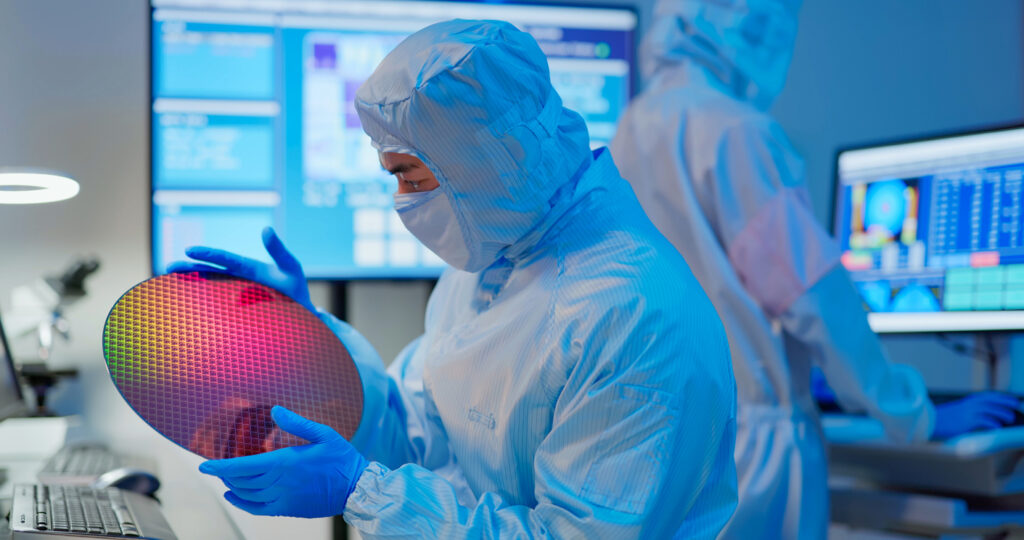
There’s an urgency in Congress to pass legislation before Congress recesses for the month of August.
And chief among the bills under consideration is the Creating Helpful Incentives to Produce Semiconductors (CHIPS) for America Fund.
The CHIPS-Plus legislation includes incentives for domestic semiconductor manufacturing and investments in U.S. chip research and in total, the bill includes $79.3 billion in funding from 2022 through 2031, according to the Congressional Budget Office. The Senate is expected to vote on the bill this week and if passed, then it will go to the U.S. House of Representatives for approval.
Austin and San Antonio have a strong foothold in the semiconductor industry and a long history of chip manufacturing. The central Texas region would benefit tremendously from the CHIPS legislation, according to local leaders.
Today, Austin is home to Samsung which is building a $17 billion plant in Taylor and has been producing chips at its Austin plant for 26 years. Samsung also recently filed papers with the state of Texas with plans for additional plants in Taylor and Austin and additional investments that could surpass $160 billion.
In addition to Samsung, Austin has NXP Semiconductors, which opened in 1991, Infineon Technologies, whose operations date back to 1995, and Skorpios Technologies, dating back to 1989.
In fact, Austin got its start as “Silicon Hills” when it successfully recruited the headquarters of Microelectronics and Computer Technology Corp., known as MCC to Austin in 1983, followed by SEMATECH in 1988.
And Sony Corp. put its first U.S. chip-making plant in San Antonio in 1990 after acquiring a plant from Advanced Micro Devices. Sony eventually shut down the plant, which is now home to the National Security Agency in San Antonio.
Today, San Antonio has one chip plant TowerJazz, which has had many operators throughout the years but opened in 1989.
Overall, the U.S.’s share of the global semiconductor manufacturing market has shrunk from 37 percent in 1990 to 12 percent today, according to a 2021 report by the Semiconductor Industry Association.
“Mostly because other countries’ governments have invested ambitiously in chip manufacturing incentives and the U.S. government has not,” according to the report. “In fact, three-quarters of the world’s chip manufacturing capacity is now concentrated in East Asia, with China projected to command the largest share of the global product by 2030, due to its government’s massive investments in this sector.
The chip shortage is being felt by consumers throughout the economy with a shortage of automobiles and appliances available for purchase. The COVID-19 pandemic closed plants and led to a decrease, initially, in demand for chips. And that has led to a shortage today, according to the Semiconductor Industry Association.
The CHIPS Act of 2022 would create an average of 185,000 temporary American jobs annually and add $24.6 billion to the U.S. economy as new semiconductor manufacturing facilities, or fabs, are constructed from 2021- 2026. Currently, the semiconductor industry directly employs more than 277,000 workers in high-paying R&D, design, and manufacturing jobs across 49 states and supports 1.6 million additional American jobs.

